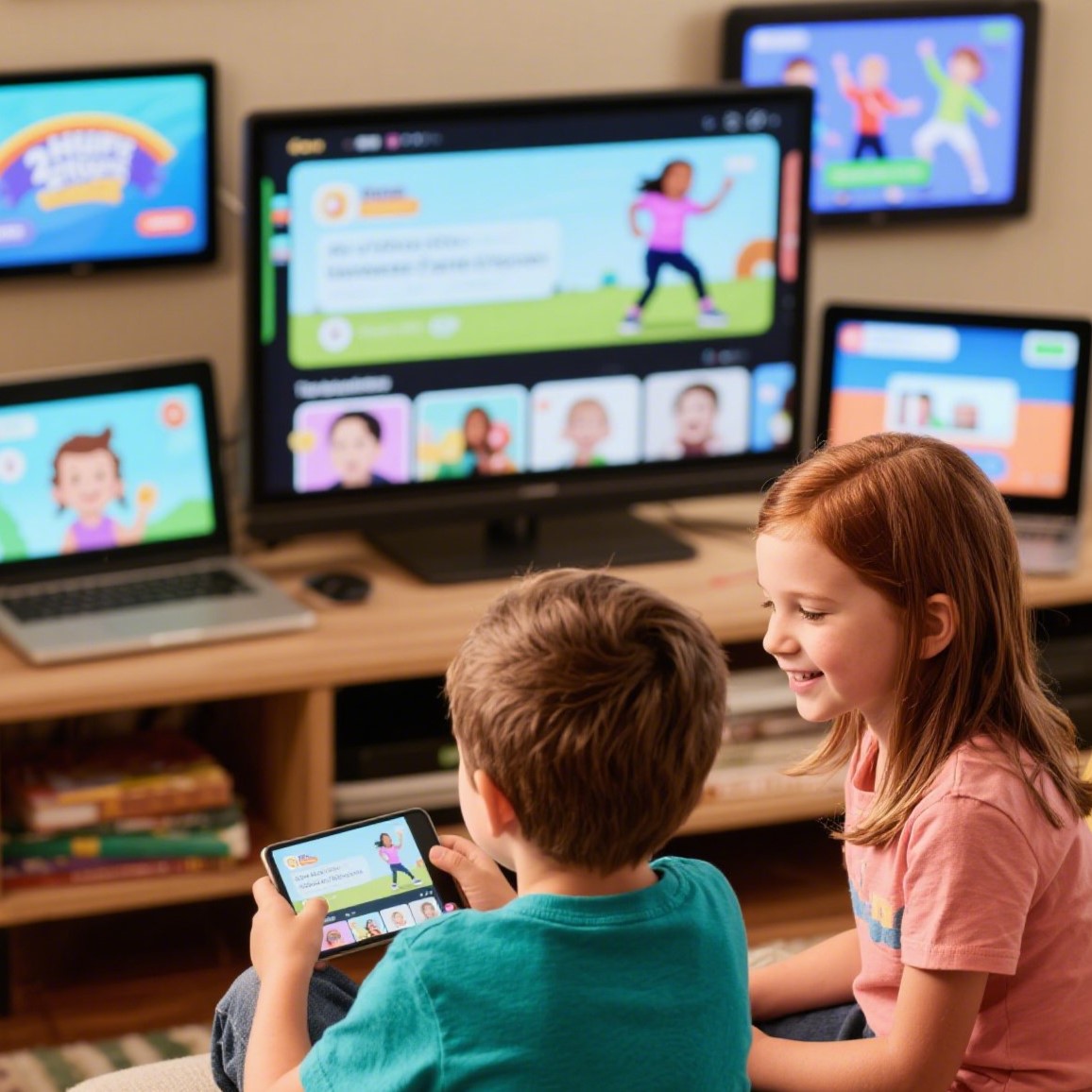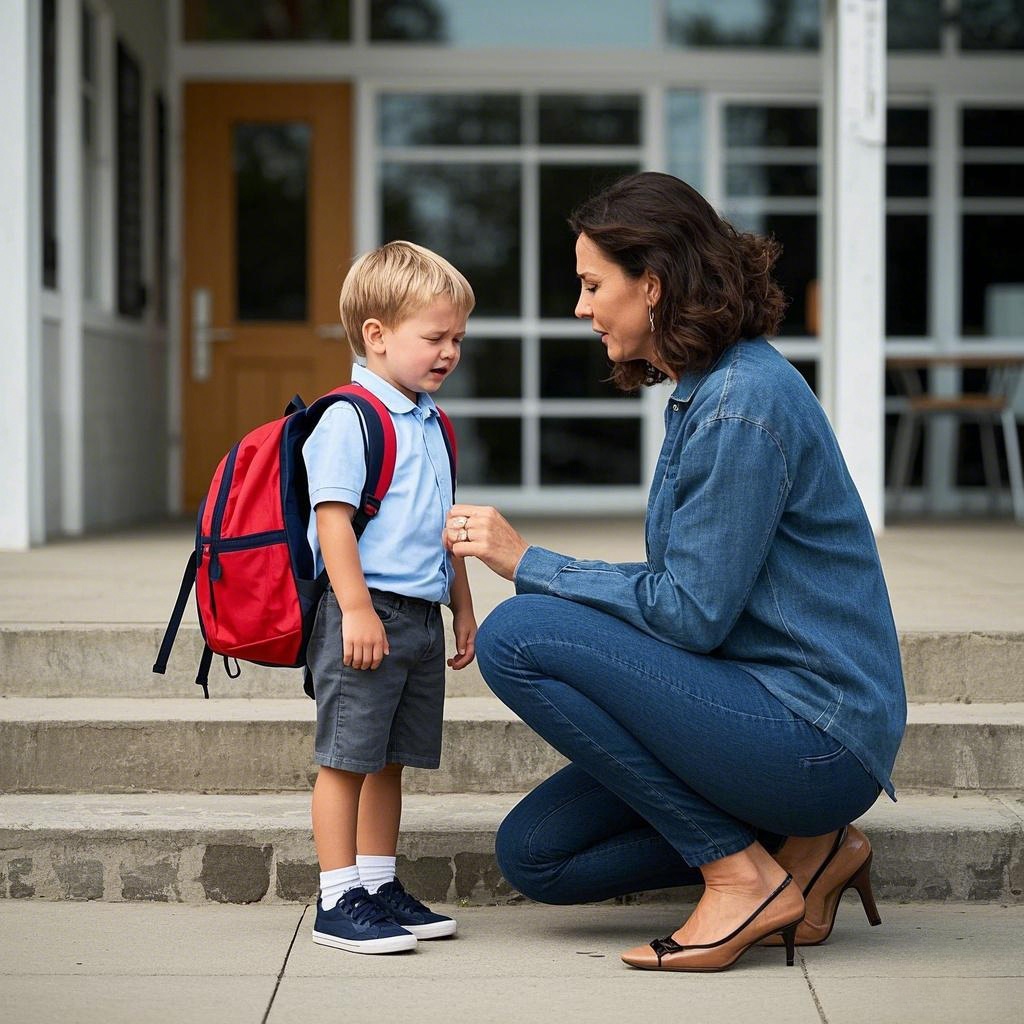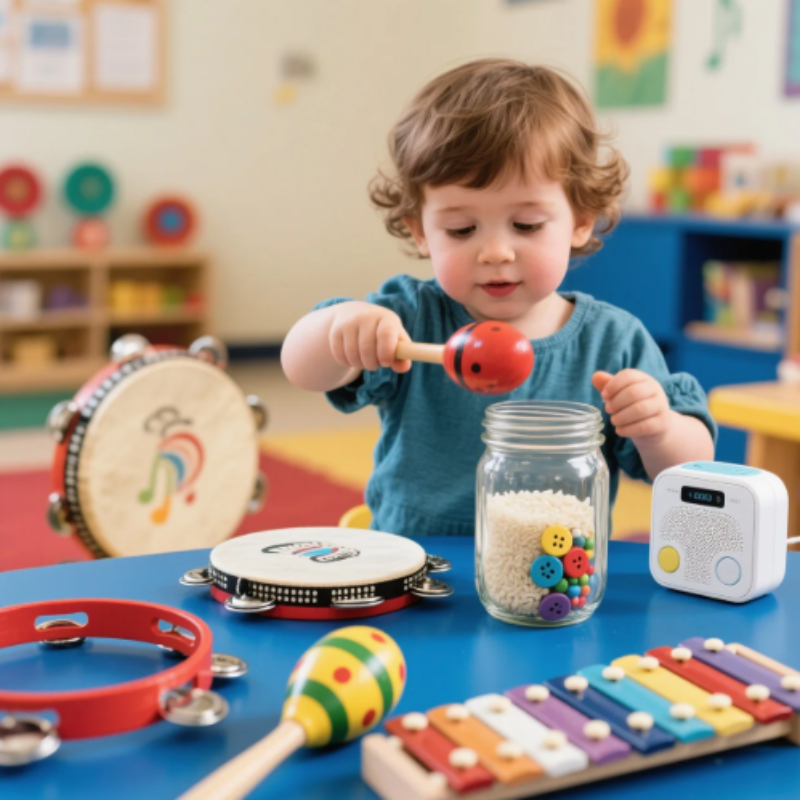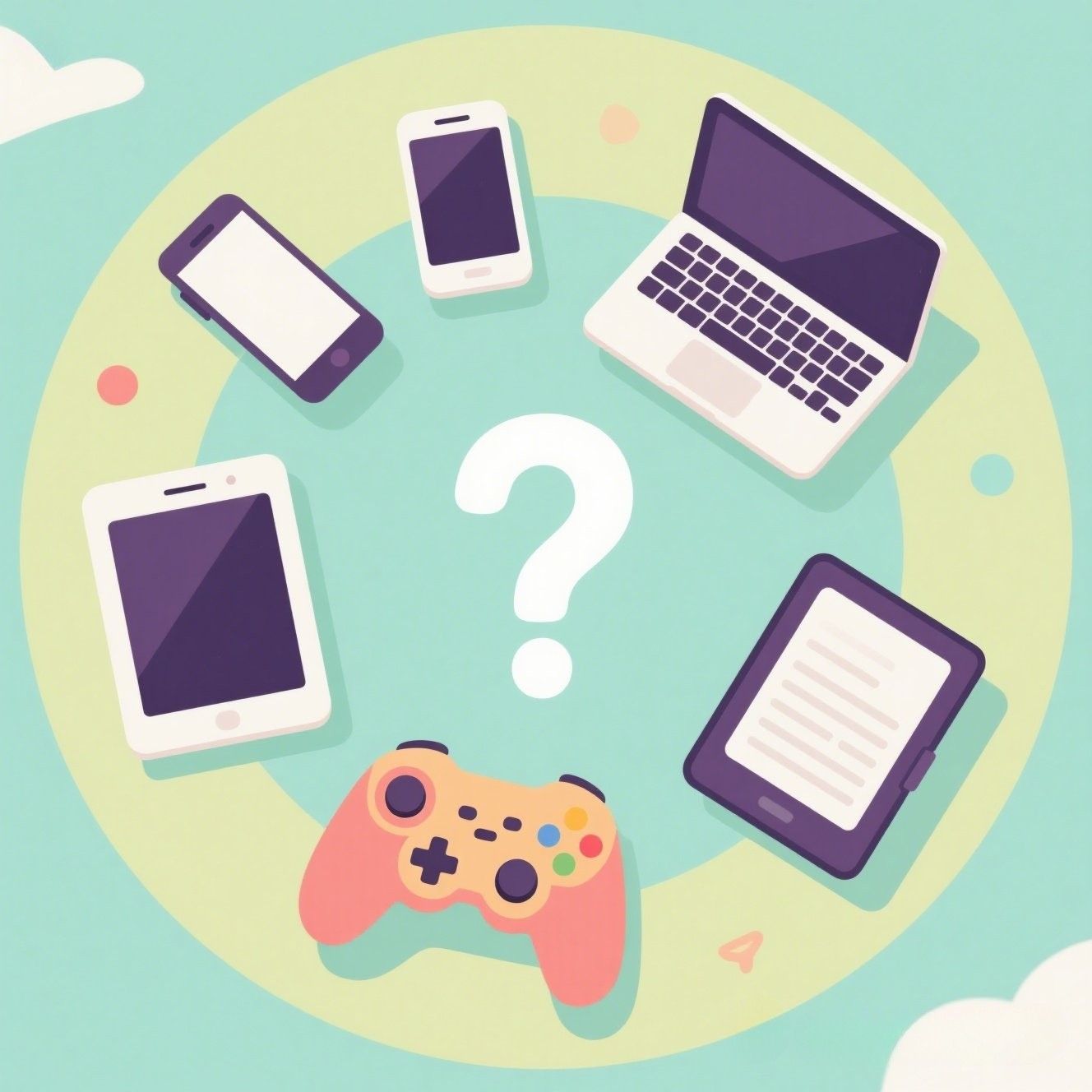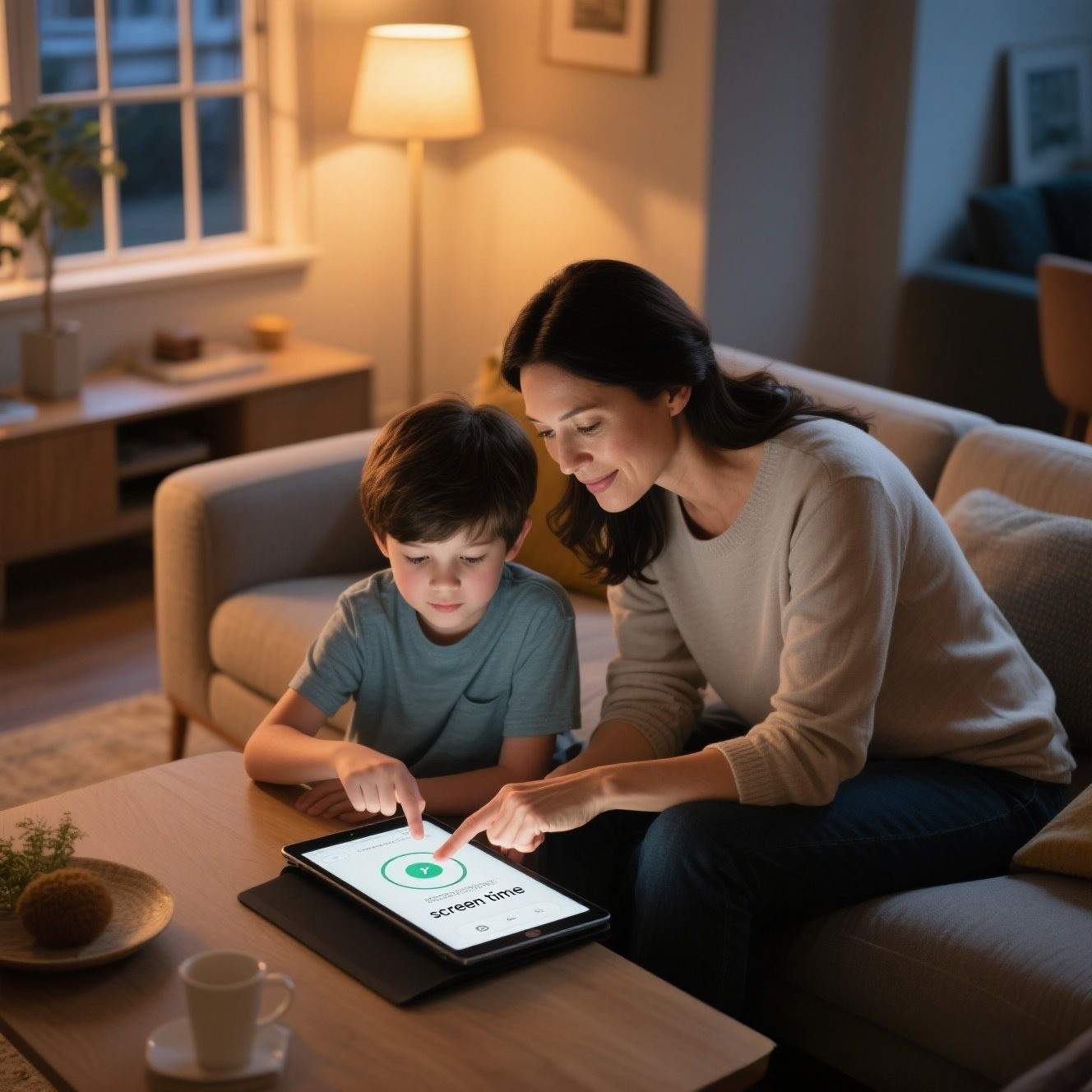Screens are everywhere. From morning cartoons to educational apps, video calls to YouTube dances—kids today are growing up in a world made of pixels and swipes. So it’s no surprise that one of the most common parenting questions in the 21st century is:
“Is 2 hours of screen time good for kids?”
Let’s dive into what that golden “2-hour” rule really means, where it came from, and how to make it work for your child—not against them.
🌐 Where Did the 2-Hour Rule Come From?
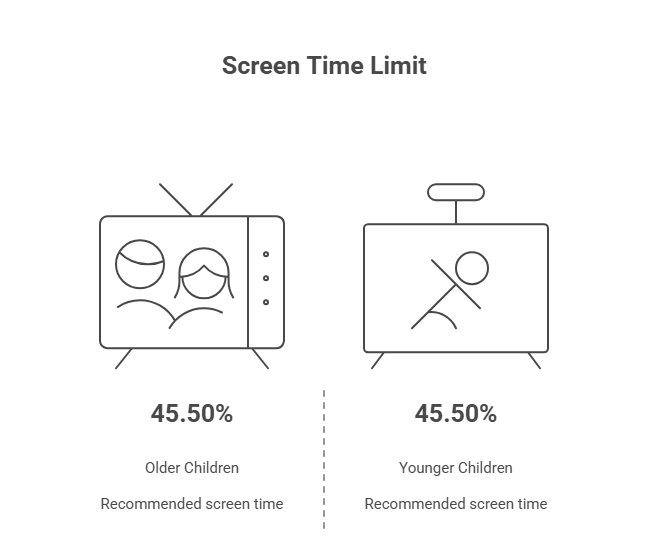
The 2-hour guideline originally came from recommendations by the American Academy of Pediatrics (AAP) and World Health Organization (WHO). These groups suggest that kids aged 2 to 5 should get no more than 1 hour of high-quality screen time per day, while older children should ideally be limited to 2 hours (excluding schoolwork).
But here’s the truth: it’s not just about the number. It’s about the quality.
✅ Why 2 Hours Can Be a Good Rule of Thumb
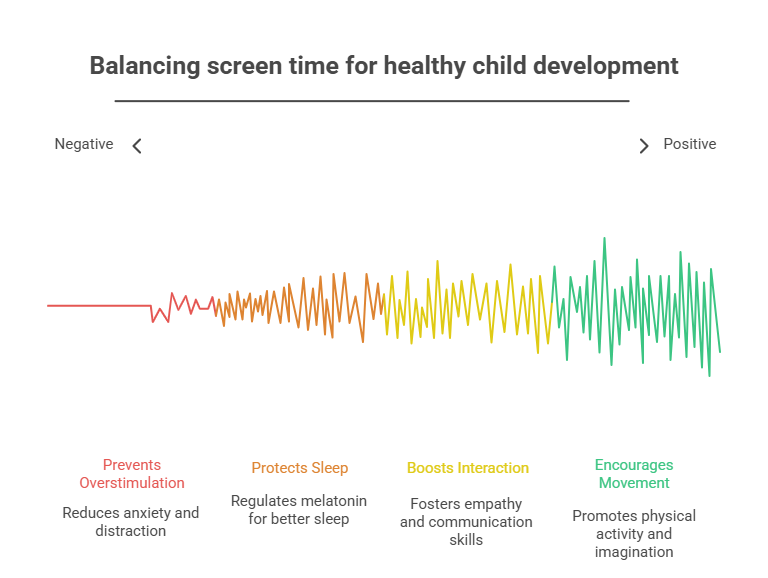
- Protects Sleep: Too much screen time—especially before bed—can mess with melatonin levels and affect a child’s ability to fall and stay asleep.
- Encourages Movement: The less time spent glued to a screen, the more time left for playing, running, building, imagining.
- Boosts Face-to-Face Interaction: Real human connection is how kids learn empathy, emotion, and communication.
- Prevents Overstimulation: Constant fast-paced content can overload young minds, making them more anxious or distracted.
In short: two mindful hours a day is a pretty sweet spot.
⚠️ But Not All Screen Time Is Created Equal
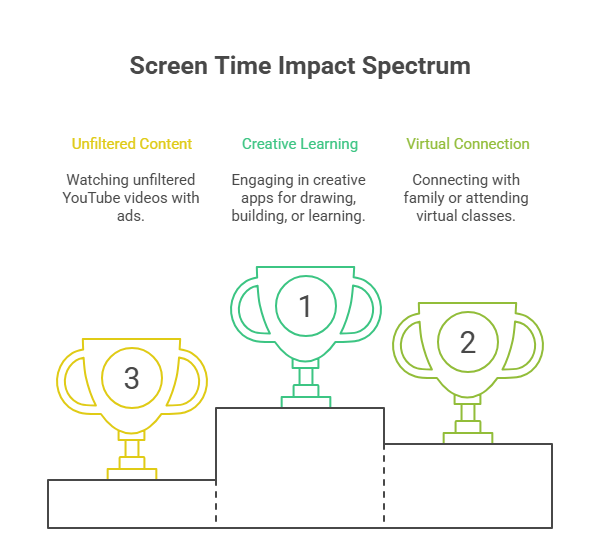
There’s a massive difference between:
- 👎 Watching five hours of unfiltered YouTube videos filled with ads
- 👍 Using a creative app to draw, build, or learn letters
- 👎 Mindlessly scrolling through TikTok
- 👍 FaceTiming grandma or attending a virtual class
So instead of asking “How many hours?” maybe ask:
“What kind of screen time is my child getting?”
👪 Tips to Make Screen Time Work for Your Family
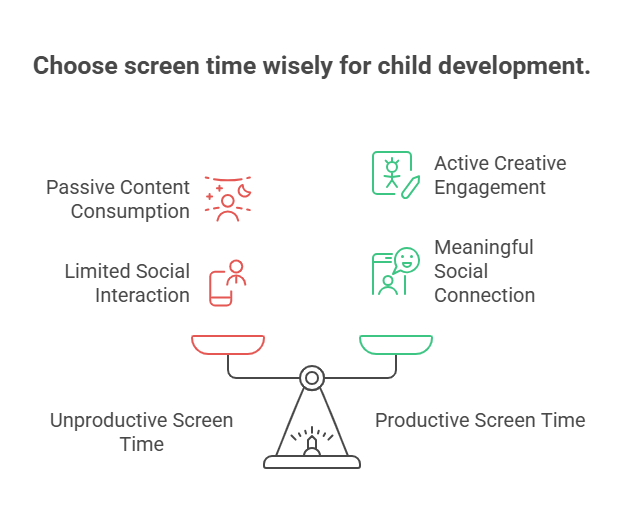
- Co-Watch When You Can
Sit with your child during shows or games—talk about what’s happening. Turn it into bonding, not babysitting. - Create Tech-Free Zones
Keep mealtimes, bedrooms, and family time screen-free. These boundaries help kids disconnect and reset. - Balance with Off-Screen Play
For every hour of screen time, offer an hour of creative play—building forts, playing dress-up, exploring outdoors. - Use Screens as a Tool, Not a Crutch
Screens are amazing for learning and exploration, but shouldn’t replace reading, storytelling, or face-to-face play. - Watch Your Own Habits
Kids mirror what they see. If you’re scrolling at dinner, they’ll want to, too. Be the balance you want to see.
🧠 What the Research Says
Multiple studies suggest that moderate, intentional screen use doesn’t harm kids—especially when paired with a healthy lifestyle (good sleep, play, learning, connection). In fact, some tech can even support development, when used wisely.
But overuse? That’s where the problems creep in—obesity risk, attention issues, disrupted sleep, and emotional dysregulation.
🌈 The Takeaway
So, is 2 hours of screen time good for kids?
Yes—if it’s mindful, meaningful, and balanced.
Think of it less like a hard limit and more like a framework. The goal isn’t to eliminate screens but to raise screen-smart kids who can use technology with intention, creativity, and joy.
Because in this digital age, the real magic isn’t turning off the screen—it’s knowing when to turn it on.

